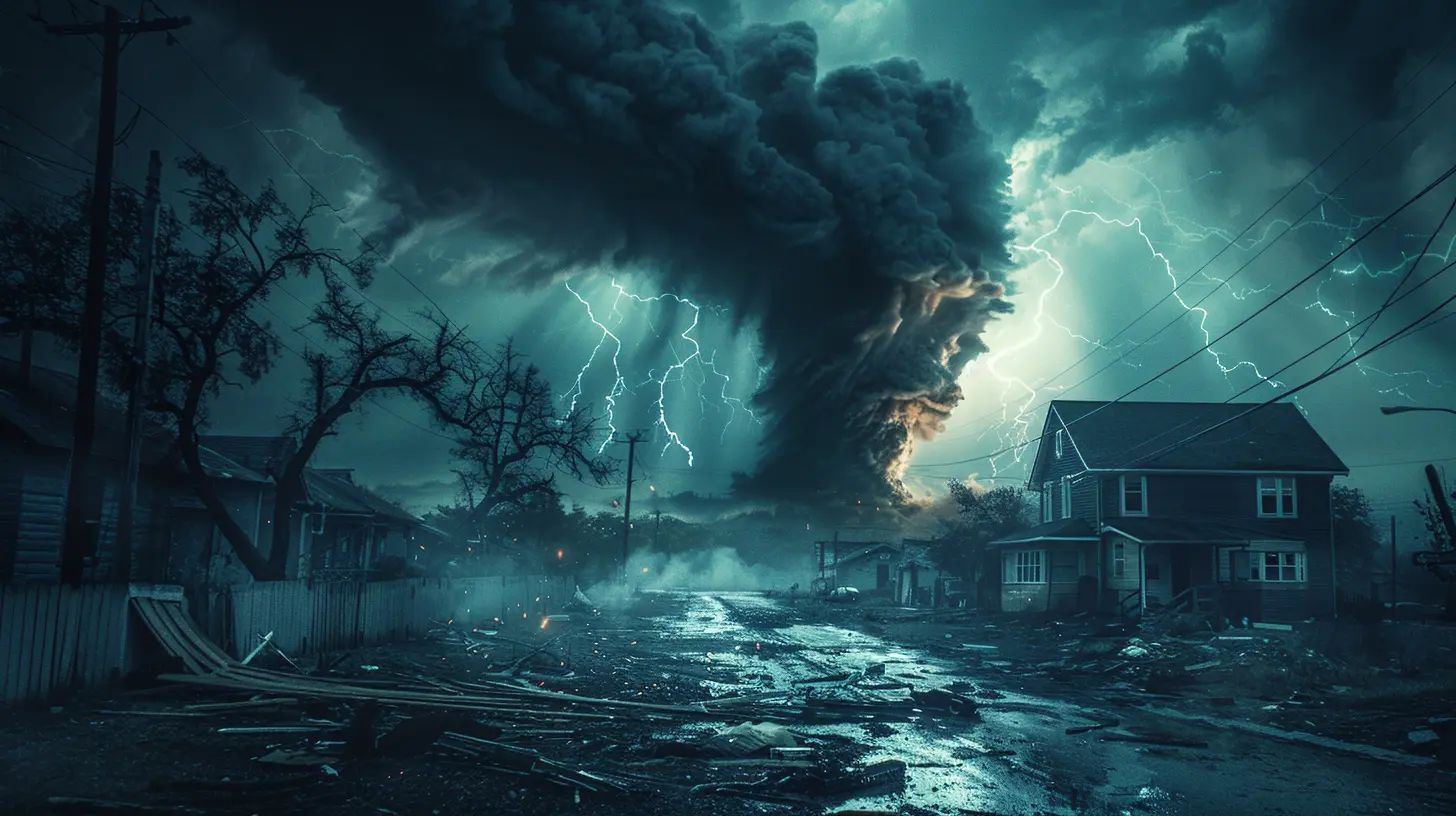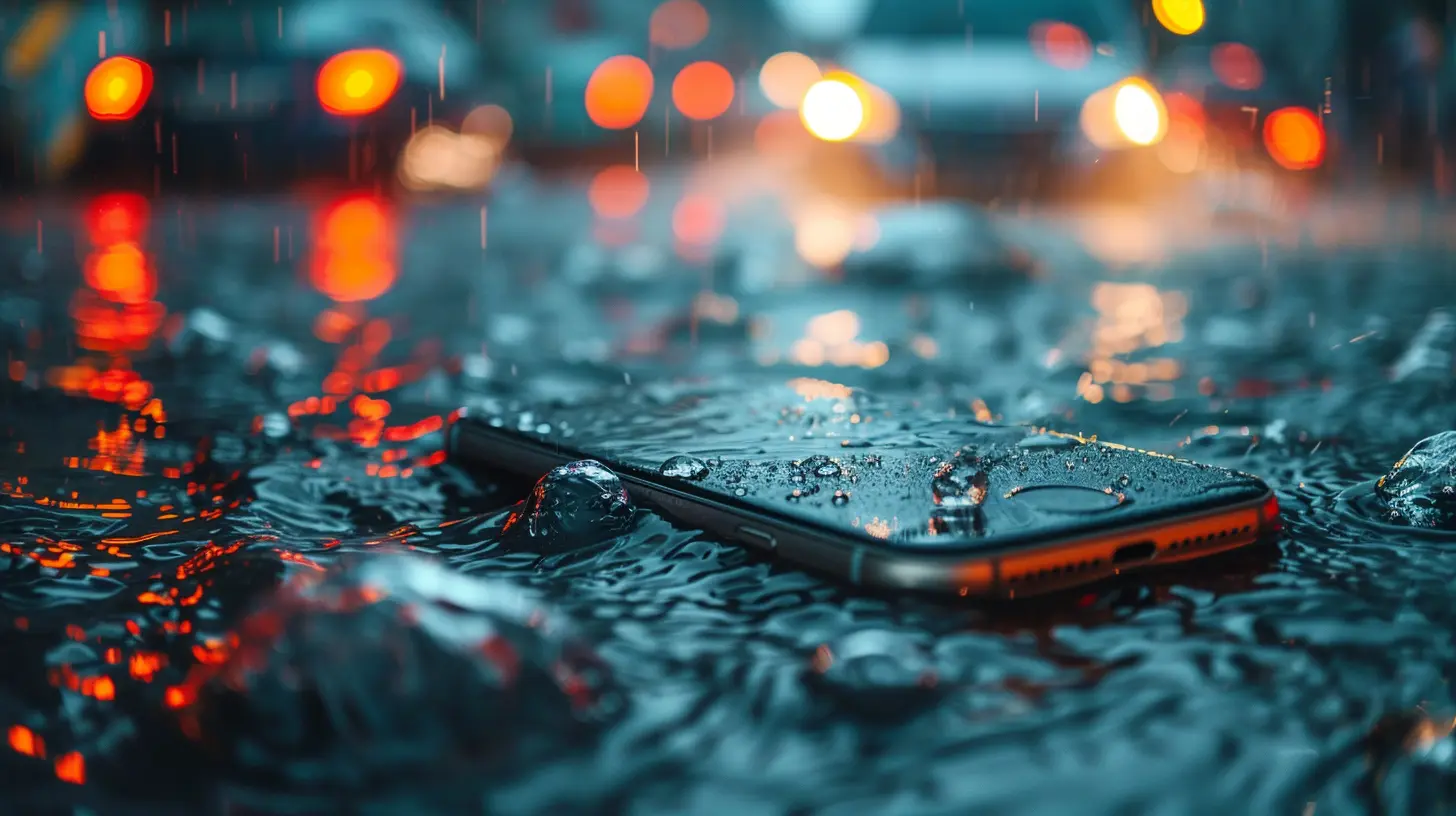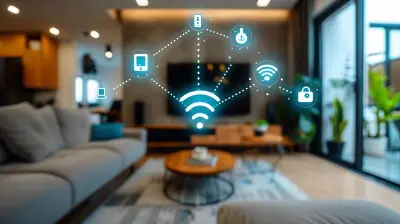The Growing Role of Telecom in Disaster Recovery and Emergency Response
23 October 2025
When disaster strikes, the first thing that comes to mind is survival. Whether it’s a hurricane, wildfire, earthquake, or any other catastrophe, immediate action is crucial. But how do you notify people about the danger? How do you coordinate rescue efforts? How do you keep everyone connected? This is where the power of telecommunications (telecom) steps into the spotlight. Telecom has become the backbone of disaster recovery and emergency response. It’s the unseen hero, quietly working behind the scenes to ensure that help reaches those who need it most.
While emergency response teams and rescue crews are often thought of as the front-line defenders in times of crisis, telecom plays an equally critical role. From sending out mass alerts to providing real-time communication between first responders, the telecom industry is rapidly evolving to meet the challenges of disaster recovery.
In this article, we’ll dive deep into the growing role of telecom in disaster recovery and emergency response, exploring how it saves lives, keeps us connected, and continually adapts to an unpredictable world.

The Critical Importance of Communication in a Crisis
Let’s face it: communication is everything during an emergency. In fact, it can be the difference between life and death. Imagine being in the middle of a natural disaster and having no way to reach out for help or receive important updates. Scary, right?That’s why, during times of crisis, telecommunications systems are among the first lines of defense. When disaster hits, people need to know what’s happening, where to go for safety, and how to reach their loved ones. Emergency responders need secure and reliable communication channels to coordinate rescue efforts. Governments and organizations need to be in constant contact to manage resources and issue instructions.
Without telecom, coordinating these efforts would be like trying to steer a ship without a compass—total chaos.

The Evolution of Telecom in Emergency Situations
Telecom’s role in disaster recovery isn’t new, but it has certainly evolved over the years. In the not-so-distant past, emergency communication relied heavily on landlines and radio systems. While useful, these technologies had their limitations. If a telephone tower or radio station was knocked out, communication could be cut off for hours—sometimes days.Thankfully, we’ve come a long way since then. The rise of mobile technology, satellite systems, and internet-based communication platforms has transformed how we respond to disasters. Today, telecom networks are more resilient, adaptable, and dynamic than ever before.
Mobile Networks: The Lifeline During Disasters
In a modern-day disaster, mobile phones are often the first tool people reach for. Whether it’s to call for help, check weather alerts, or text family members, mobile communication is king. Telecom companies have recognized this and now invest heavily in making sure mobile networks can withstand natural disasters.For example, many telecom providers have started using mobile cell towers on wheels (also known as COWs). These portable towers can be set up quickly in disaster zones to provide temporary mobile coverage when permanent towers are damaged. This ensures that people can still make calls and send messages, even when the infrastructure has been compromised.
Satellite Communication: When the Ground Fails, the Sky Steps In
While mobile networks are incredibly useful, they can still be vulnerable to extreme conditions. That’s where satellite communications come into play. Satellites don’t rely on ground-based infrastructure, which means they can keep working even when cell towers and power lines are down.For emergency responders operating in remote areas or regions where the infrastructure has been decimated, satellite phones and internet services are often the only way to stay connected. In fact, satellite communication has saved countless lives by enabling rescue teams to communicate with each other and with command centers, even in the most extreme environments.
Internet of Things (IoT): Connecting Devices to Save Lives
The Internet of Things (IoT) is another game-changer in disaster recovery. IoT refers to a vast network of connected devices—everything from smart sensors to drones—that can communicate with each other and provide real-time data.Imagine this: a wildfire is spreading through a rural area. IoT sensors placed throughout the forest can detect rising temperatures and smoke. These sensors send alerts to emergency teams, who can then use drones to survey the area and guide firefighters to the most dangerous zones. Meanwhile, IoT-enabled weather stations provide up-to-the-minute data on wind patterns, helping authorities predict the fire’s path and warn nearby communities.
In short, IoT devices act like an extended set of eyes and ears, providing valuable data that can help save lives and minimize damage.

The Role of 5G in Emergency Response
Enter 5G, the next generation of mobile internet connectivity, which promises to revolutionize disaster recovery even further. 5G is not just about faster download speeds for your phone—its true potential lies in the ability to connect an immense number of devices with minimal latency. This is a game-changer for emergency response.Real-Time Data for Real-Time Decisions
During a crisis, every second counts. With 5G, emergency responders can access real-time data streams, whether from drones surveying a disaster zone, body cameras on first responders, or IoT sensors monitoring critical infrastructure. This allows decision-makers to respond faster and more effectively.For example, during a flood, 5G-enabled drones can fly over affected areas, capturing high-definition footage and sending it back to command centers in real-time. Rescue teams can then be deployed to the hardest-hit areas without delay.
Enhancing Telemedicine in Disaster Zones
Another area where 5G shows promise is telemedicine. In remote or disaster-stricken areas, it’s not always possible to get a doctor on-site. However, with 5G’s low latency and high bandwidth, healthcare providers can use telemedicine to remotely diagnose and treat patients in real-time.Doctors can guide field medics through complex procedures, monitor vital signs via IoT devices, and even perform remote surgeries using robotic tools. The possibilities are endless—and potentially life-saving.

The Challenges Telecom Faces in Disaster Recovery
Of course, no technology is without its challenges. While telecom plays an invaluable role in disaster recovery, there are still hurdles that need to be addressed.Infrastructure Vulnerability
Despite advancements in mobile and satellite technology, telecom networks remain vulnerable to physical damage. Earthquakes, hurricanes, and other natural disasters can knock down cell towers, cut power lines, and disrupt service. Although emergency solutions like mobile COWs and satellite phones help, restoring full telecom infrastructure can take time.Cybersecurity Risks
In today’s connected world, cybersecurity is another concern. During a disaster, telecom networks are more susceptible to cyberattacks, which could disrupt emergency communications or spread misinformation. Ensuring that telecom networks are secure and resilient is critical to maintaining trust and ensuring the effectiveness of disaster response efforts.Accessibility and Equity
Another issue is accessibility. While telecom solutions like mobile phones and satellite communication have become more widespread, not everyone has equal access to these technologies. In rural areas, low-income communities, or developing countries, access to reliable telecom services may be limited. This can leave vulnerable populations at a disadvantage during disasters.The Future of Telecom in Disaster Recovery
So, what does the future hold for telecom in disaster recovery and emergency response? As technology continues to evolve, so too will the role of telecom in keeping us safe during crises. Here are a few trends to watch:AI-Powered Emergency Responses
Artificial intelligence (AI) is already starting to play a role in disaster recovery, and its influence will only grow. AI can analyze massive amounts of data—such as weather patterns, social media activity, and IoT sensor readings—to predict disasters and provide early warnings. During an emergency, AI can also help prioritize rescue efforts by identifying the most at-risk areas based on real-time data.Autonomous Drones and Robotics
Drones have already proven their worth in disaster recovery, but the future might see fully autonomous drones patrolling disaster zones, delivering supplies, or even rescuing people without human intervention. Combined with 5G and AI, these drones could operate more efficiently, covering large areas and responding to emergencies faster than ever before.Quantum Communication
While still in its infancy, quantum communication holds the promise of ultra-secure, high-speed data transmission. In the future, quantum networks could provide an unhackable communication channel for emergency responders, ensuring that critical information is never compromised during a crisis.
Conclusion
When disaster strikes, we often think of the brave first responders, volunteers, and aid workers who rush to the scene. But equally important are the telecom networks that keep us all connected. Whether it’s sending out evacuation alerts, coordinating rescue teams, or providing real-time data, telecom is the unsung hero of disaster recovery and emergency response.As technology continues to advance, the role of telecom in disaster recovery will only become more important. From 5G to AI, the future holds exciting possibilities for how we can use telecommunications to save lives, protect communities, and respond more effectively to the unexpected.
And the next time you reach for your phone during a crisis, remember that behind every call, text, or alert is a vast system of technological innovation working tirelessly to keep us all safe.
all images in this post were generated using AI tools
Category:
TelecommunicationAuthor:

Ugo Coleman
Discussion
rate this article
1 comments
Zora McInnes
This article beautifully highlights the critical role of telecom in disaster recovery. It's inspiring to see how technology can unite communities and streamline communication during emergencies. Thank you for shedding light on this important topic!
October 28, 2025 at 1:42 PM

Ugo Coleman
Thank you for your thoughtful comment! I'm glad you found the article insightful and appreciate the vital role of telecom in disaster recovery.


